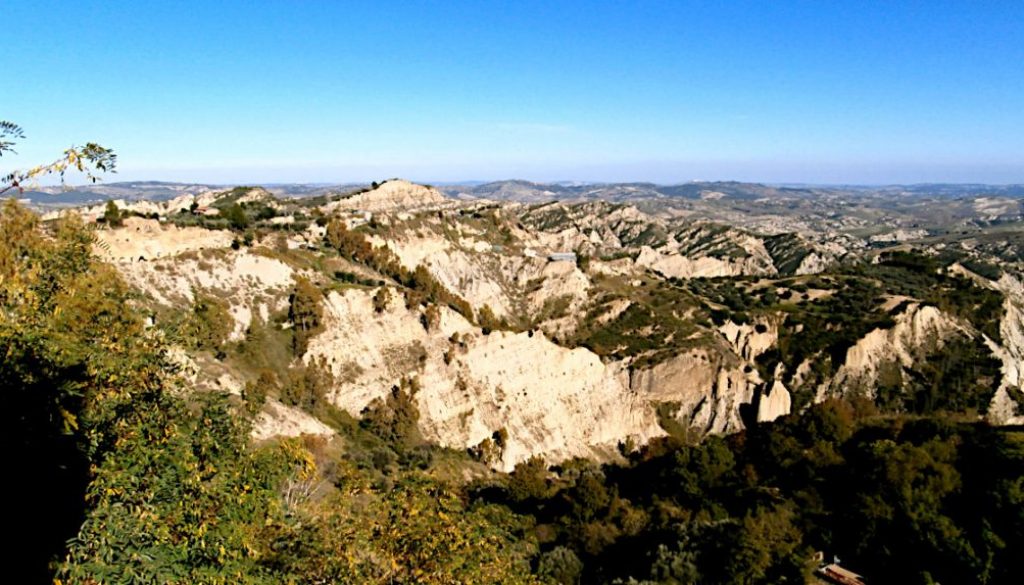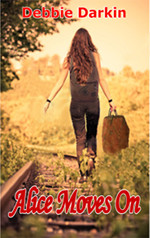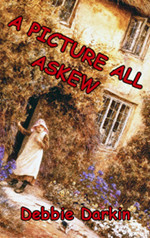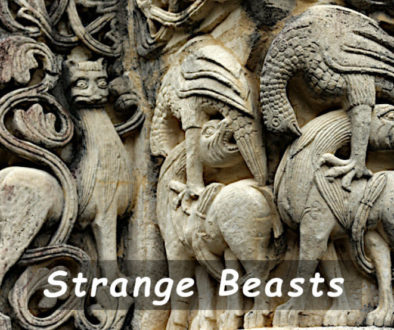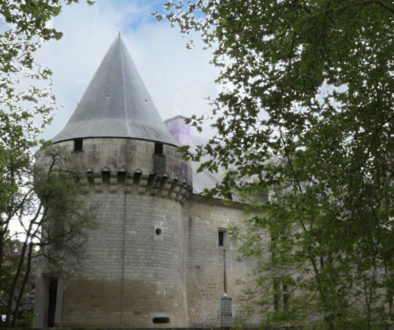ALIANO – CARLO LEVI’S ‘SOUL’ OF ITALY.
Wednesday, November 2nd:
ALIANO – OUR LAST DAY OF EXPLORING BASILICATA
“If we don’t go today, we’ll never see the little town where Carlo Levi was imprisoned,” I told Graham. “I’ve got to do our packing tomorrow – and there’s quite a lot. We’ve spread ourselves over seven weeks. Apart from clothes there’s that thin duvet we brought which has proved so useful, and things like our chest cooler – never really used, but full of veg and bread; and…”
“O.k., oKAY,” he said. “Don’t go on. I thought you couldn’t find Gagliano.”
ALIANO – CARLO LEVI’S GAGLIANO DISCOVERED
“I told you. He made up the name Gagliano – I discovered that three weeks ago. It’s really called Aliano – and it’s not far. See? And we can call in again at Ferrandina on the way back. You said you wanted to take more photos there. And Pisticci – which Giuseppe said we should visit.”
Thus it was that our last day trip in Basilicata proved to be one of the very best of our many lovely memories of this unique part of Italy.
ALIANO – CARLO LEVI’S LANDSCAPE: (The feature image at the top of this post was taken from Aliano)
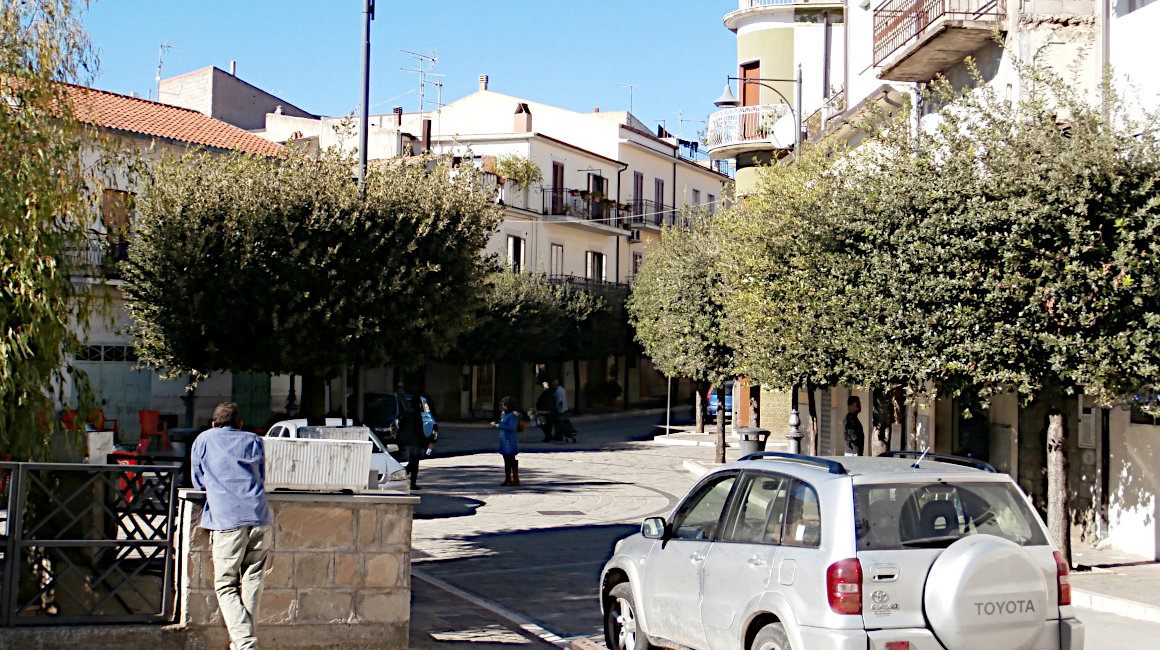
Sure enough, as we approached the town – less than an hour’s drive away from our base, the landscaped changed. Flattish ‘khaki’ farmland gave way to the bare, grey-white clay hills described and painted by Carlo Levi. We took the winding, narrow road up to the town. We had to park right at the beginning, until we saw a sign that said invalid parking was allowed further in. This was just as well, because we drove quite a way down the main street before we found the Blue Badge Car Park. Even then a quite long walk awaited us.
We had got as far as some railings overlooking a ravine, where men who clearly looked like locals were eating great slices of pizza they had bought at a littlel shop opposite. We were about to go in when I noticed a tiny baker’s shop almost next door.
ALIANO HAS A TRADITIONAL BAKERY
“Just look at those loaves, Graham – and the lovely rolls. They’re almost like our French dinner rolls at home. I’ve never seen them before in Italy.”
So we went into the shop, which was really the bakery. A very small, very old man was bringing loaves out of a brick oven. He used a long shaft (12 feet?) with a paddle at the end, which he manoeuvred carefully under each loaf.
His wife stood behind the modest, L-shaped wooden counter that fronted the place. She smiled and wished us ‘Buongiorno.’ I pointed at a small loaf on the shelf behind her, but was interrupted.
ALIANO – ‘THE SOUL OF ITALY’ IN A BREAD ROLL
I’d hardly noticed a pretty young girl squashed behind Graham until she confronted us and asked,
“Americano?”
“No. Inglese.”
“Aah. You will like Italian bread, then. Inglese know good bread.”
“Some do – a lot just buy wrapped from supermarkets. Silly things.”
“This VERY good bread. I come from Bari whenever I can. This town is SOUL of ITALY!” She threw up her arms. “And this bread the SOUL of the Soul of Italy! Best bread; you taste. Here!”
ALIANO – WE EAT ‘THE SOUL OF ITALY’
And she lifted up the little counter and dived through to a table at the back, bringing out a small bread roll. This she broke open. She then reached across the amused, ageing proprietress and picked up an olive oil dispenser. She doused each side of the little roll, then put her hands into a small pot and sprinkled some finely chopped fresh basil on each half, bit into one and threw up her hands – “Divine!” She then thrust the other half at us.
“The taste of Italy! Eat the SOUL of Italy!”
So we did –
The proprietress beyond the counter grinned at me and spread her hands in that ‘Waddayado’ gesture seen a thousand times in Hollywood films featuring Italian actors.

ALIANO – NO ESCAPE FOR CARLO
After buying our loaf, and receiving hugs and kisses on both cheeks from all present, we made our way to the railings again. Looking over, we saw sharp peaks of that white clay, too perilous to descend by. And there was nothing else – for miles. No wonder that Carlo Levi did not need to be kept confined, for where would there have been to escape to? In those days (1936-1945) there was little traffic, and only the one road down. The extreme other end of the village held only the bleak graveyard, set on a high promontory. And all the surrounding area was well nigh empty – and very poor.
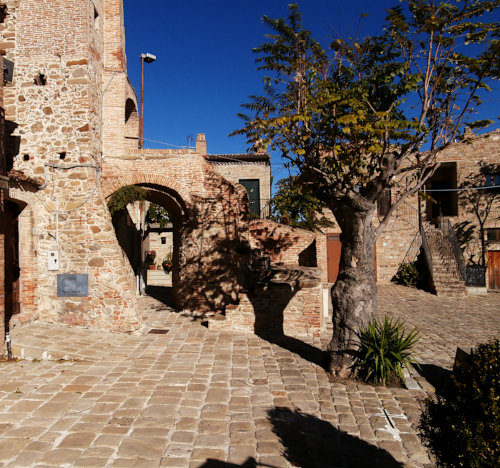
ALIANO FRUSTRATION – LEVI MUSEUM CLOSED – BUT STILL WONDROUS
We followed the railings, passing a really exquisite little square. This held the old town hall, and some attractive houses. Not least was ‘The House of the Hundred Eyes’, so called because of its many windows.
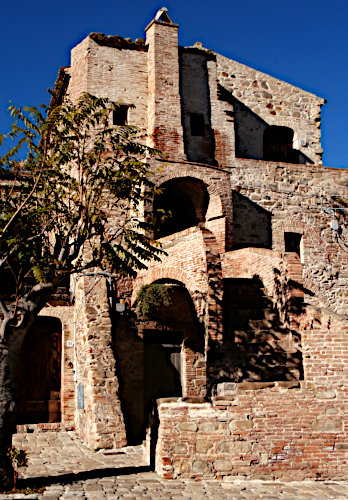
Unfortunately, the museum was closed, and so we could not get a guide to take us to view Levi’s lodgings at the time of his ‘imprisonment’. Also closed was the house he later had built. Strangely, he decided to return to this place of ‘exile’. He had made so many friends – and no wonder – he had used his doctor’s skills to treat the poor for no payment.
BUT DID WE SEE THE VIEWS CARLO LEVI HAD SEEN?
But we did see them from the outside. The house where he stayed was substantial and attractive. His own, later dwelling was right on the edge of the escarpment. He would have looked right over a sea of the white clay peaks, caused by too much forest clearance in the past. We wondered if he had lived to see the later changes in the more distant landscape, when topsoil was brought in and fields planted on the plains.
NO WONDER CARLO LEVI DID NOT ATTEMPT ESCAPE
Carrying on down the long main street we came to a bust depicting this great man and benefactor. Just below it were steps to a viewing platform to see to the bottom of the deep gorge. Graham went down, but I stayed up top. I watched people coming away from the ‘castle’ – too late for us. A bell tolled ‘Closing Time’.
DID HIS ‘PRISON’ LOOK AS ATTRACTIVE THEN?
Aliano today is a very clean, bright and pretty town. I can’t help thinking that it must have looked very different to Carlo Levi. That writing, painting, Jewish doctor-activist put it and ‘Lucania’ as Basilicata was known, ‘on the map’. He wrote about his captivity there, and the poverty of the whole region, and most of all – the wretched conditions of those starving souls living in the Sassi of Matera. It was through his book ‘Christ stopped at Eboli’ that new homes were built for the 16,000 odd inhabitants turned out of their wretched cave-dwellings. They were offered the alternative option of passage to America and Australia.
Some, like our friend Vincenzo, came to Britain.
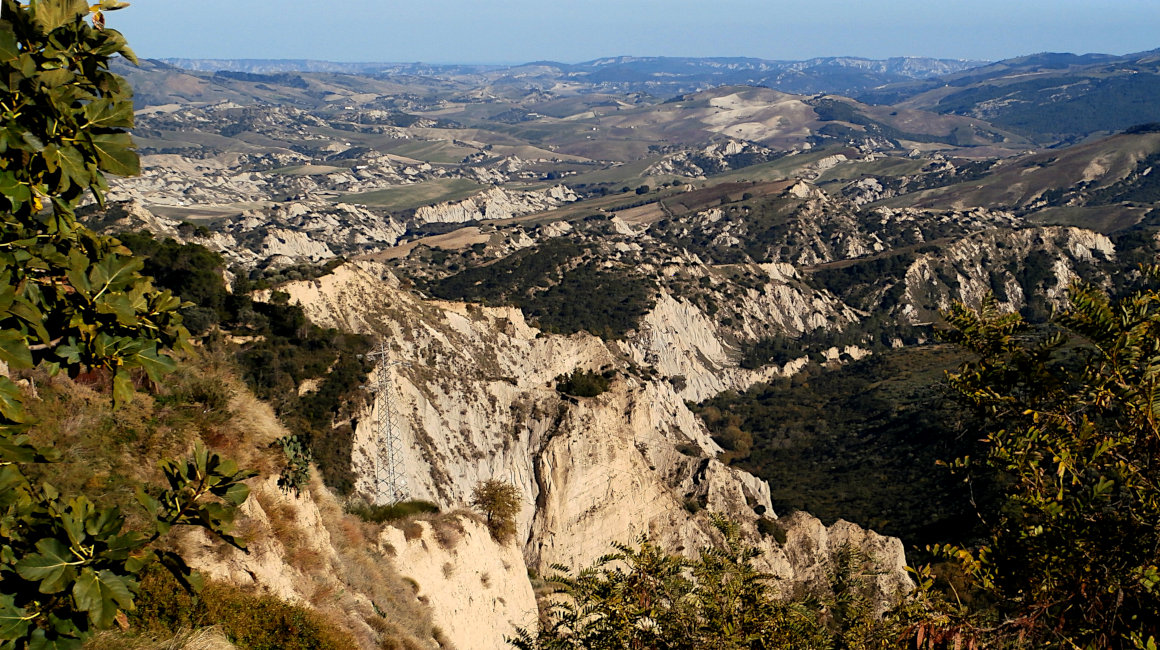
LOST IN THE TUNNEL – WE MISSED THE CITTA ANTICA
PISTICCI.
We took a different route back, visiting again (very briefly) Ferrandina. This road first took us through Pisticci. Giuseppe had told us that this town should be on our list. So we were bemused when after entering by a very long tunnel cut through the mountain, we finally ascended to a rather boring, characterless modern street of little shops. We did pass a statue in a small piazza. It did not seem that Pisticci was that special after all. We were just as bewildered as the staring local inhabitants were by us. Clearly, they were not used to foreigners in left-hand drive cars.
The road looped down, and we exited through the same tunnel by which we had entered. We were glad to stop once more in Ferrandina. Later, studying the map carefully, I realised that we had been in Pisticci SCALO – we think it must mean ‘New Town’ and had by-passed the ancient hilltop town, which probably saw numerous tourist coaches.
ALIANO – LAST DISCOVERY IN BASILICATA
It was with sadness that we returned to base that evening. Our stay in Basilicata was at an end. We had grown to love the region – and that love is with us still. The next day (3rd November) would be taken up with packing and checking the car over for our next long leg – down to the ferry, and then exploring Sicilia (Sicily).
Text by – Jackie Usher, SWWJ. (aka author Debbie Darkin, & ‘Graham Liverpool’ on Trip Advisor.)
Photographs by – Graham Usher.
![]()

